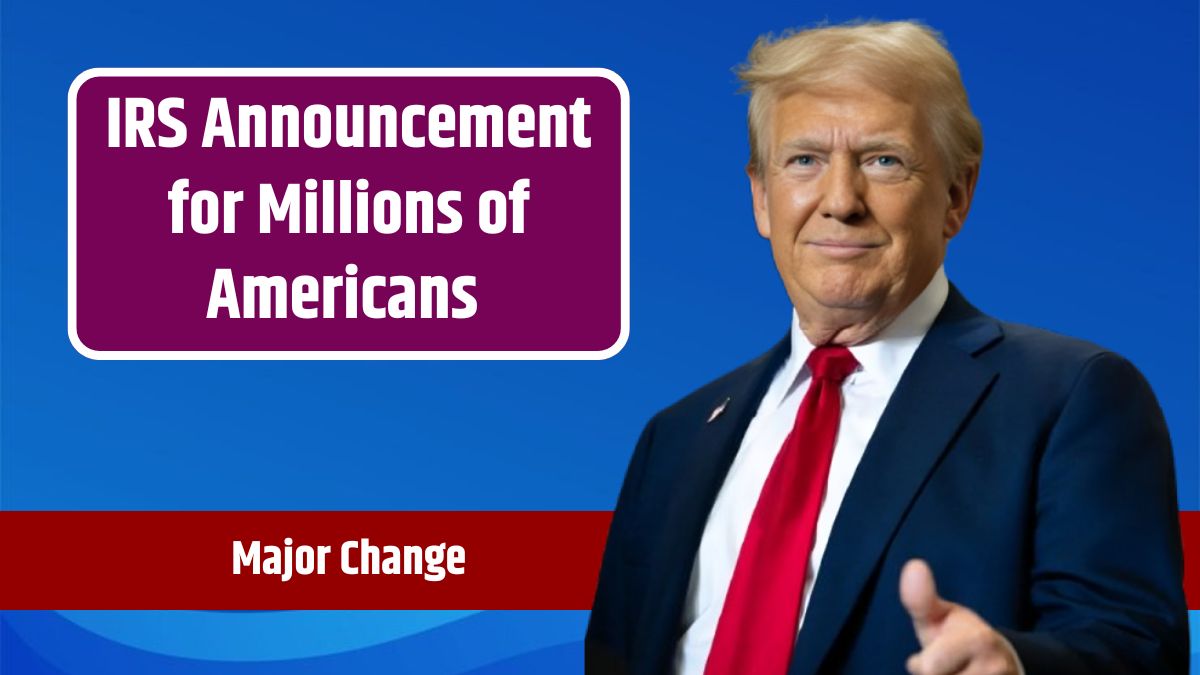Saving for retirement can feel daunting, especially with debt, bills, and financial obligations often taking precedence early in a career. The conventional advice is to start saving as soon as possible, but many people aren’t in a position to maximize retirement contributions until they’re well into their careers. To help those approaching retirement age catch up, the Internal Revenue Service (IRS) has introduced new provisions aimed at increasing retirement savings opportunities for older adults.
Statistics show that a significant number of employees aren’t fully utilizing their retirement options. According to the How America Saves report by Vanguard, only 14% of workers maximize their employer-sponsored retirement plan contributions.
This is concerning, given that most Americans fall short of having enough savings for retirement. With the latest IRS changes, however, older workers have new ways to bridge this gap and prepare more effectively for their post-working years.
New Limits
Beginning in 2025, contribution limits for retirement plans like 401(k)s, 403(b)s, governmental 457 plans, and the federal government’s Thrift Savings Plan will increase. The general annual employee deferral limit will rise from $23,000 to $23,500. However, the biggest shift will benefit those between 60 and 63, who now have an additional catch-up option to contribute more than they previously could.
Catch-Up Contribution
The catch-up contribution for employees aged 50 and above remains at $7,500, allowing a total contribution of $31,000 annually. However, for those aged 60 to 63, a new “super catch-up contribution” provision will increase the limit by an additional $11,250, bringing the maximum allowable contribution to $42,250. This provision allows older workers to save a larger sum in their final working years, a valuable opportunity to build a more secure nest egg. However, employers must amend their retirement plans to enable this new contribution level.
Certified public accountant Richard Pon emphasizes the importance of acting quickly: “Once you hit age 64, you are no longer eligible for a super catch-up contribution.” This makes the 60-63 age range crucial for those who want to take full advantage of these enhanced savings opportunities.
| Age Group | Regular Limit | Catch-Up Contribution | Super Catch-Up Contribution | Total Possible Contribution |
|---|---|---|---|---|
| 50+ | $23,500 | $7,500 | N/A | $31,000 |
| 60-63 | $23,500 | $7,500 | $11,250 | $42,250 |
Income Phase-Out Ranges
The IRS has also updated the income phase-out ranges for IRAs to reflect the cost-of-living increases, which will allow more taxpayers to benefit from these tax-advantaged retirement accounts.
- Traditional IRA for single taxpayers covered by a workplace plan: phase-out range is now $79,000 to $89,000.
- Traditional IRA for married couples filing jointly: the phase-out range is $126,000 to $146,000.
- Roth IRA for single filers and heads of household: the phase-out range is now $150,000 to $165,000.
- Roth IRA for married couples filing jointly: phase-out range adjusted to $236,000 to $246,000.
By widening these ranges, the IRS is making it easier for individuals across different income levels to qualify for these accounts, ultimately making retirement savings more accessible for a broader population.
| Type | Filing Status | Phase-Out Range (2025) |
|---|---|---|
| Traditional IRA | Single | $79,000 – $89,000 |
| Traditional IRA | Married, Jointly | $126,000 – $146,000 |
| Roth IRA | Single/Head of Household | $150,000 – $165,000 |
| Roth IRA | Married, Jointly | $236,000 – $246,000 |
Saver’s Credit
The IRS has also raised the income limit for the Saver’s Credit, a credit for low- and moderate-income workers who contribute to retirement plans. In 2025, married couples filing jointly can qualify with a combined income of up to $79,000. The Saver’s Credit serves as an additional incentive for lower-income individuals to set aside funds for retirement, providing a tax credit for contributions.
Changes
These changes from the IRS present an excellent opportunity for workers, particularly those nearing retirement, to boost their savings. The super catch-up contributions offer an important tool for older workers to maximize their contributions during peak earning years, while adjusted income limits for IRAs and the Saver’s Credit make tax-advantaged accounts more accessible.
Older employees should review their retirement savings strategy and consider maximizing these new options. With smart planning, these updates can help create a more comfortable and financially secure retirement.
FAQs
What is the new 401(k) limit for 2025?
The new limit is $23,500 for employee deferrals.
Who qualifies for the super catch-up contribution?
Workers aged 60 to 63 are eligible.
What is the Roth IRA income phase-out for singles in 2025?
It ranges from $150,000 to $165,000.
What is the Saver’s Credit income limit for 2025?
It’s $79,000 for married couples filing jointly.
Can employers adjust plans for the new super catch-up?
Yes, employers must amend plans for this provision.








